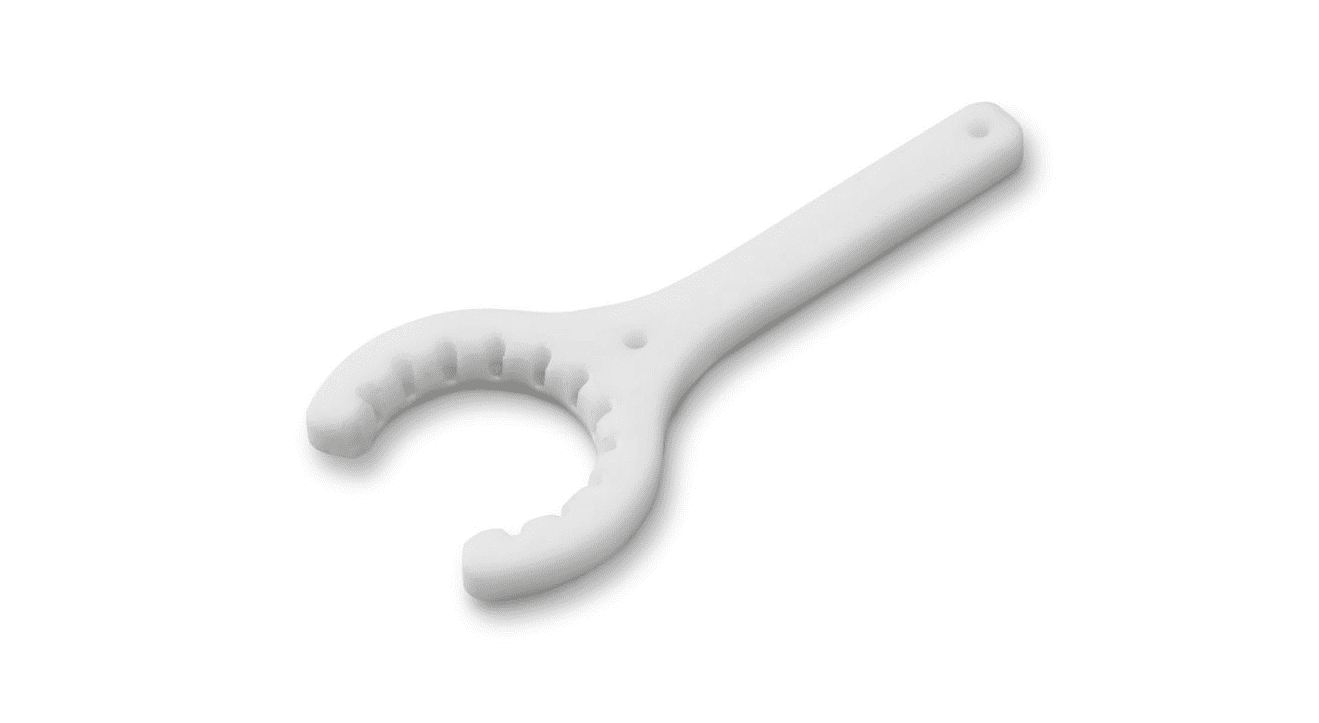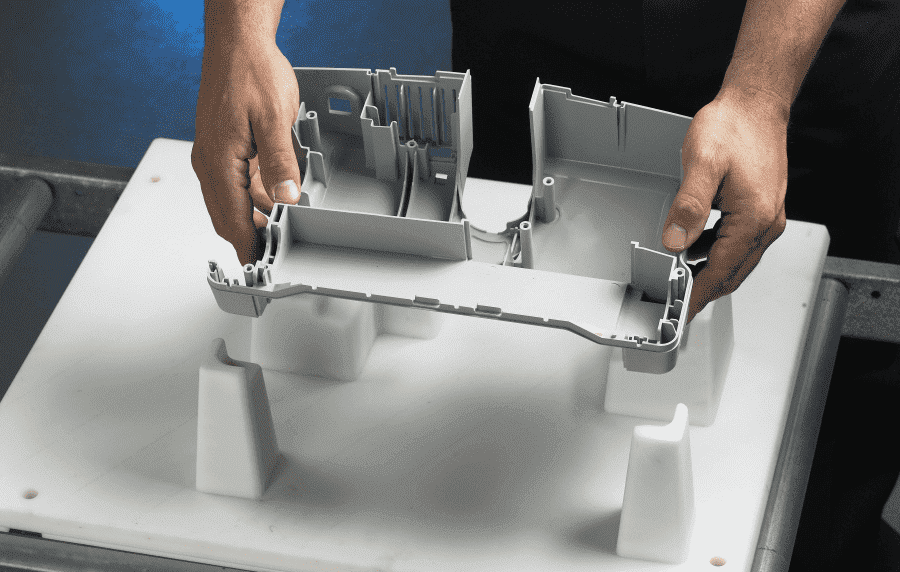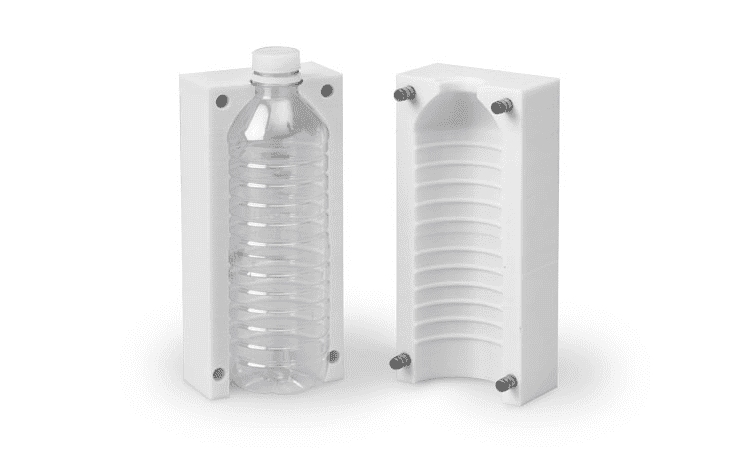FDM Stratasys PCStratasys PC PC offers accuracy, durability and stability, producing strong parts that can withstand functional testing. Max Build Size Min Build Size 5 x 5 x 5 mm Default Layer Height 0.254 mm Optional Layer Heights 0.127, 0.254 mm Tolerance ┬▒0.2% (with a lower limit of ┬▒0.2 mm) Up to 138 Ōäā Smooth ŌśģŌśģŌśģ Detail ŌśģŌśģŌśģ Accuracy ŌśģŌśģŌśģŌśģ Rigidity ŌśģŌśģ Flexibility ŌśģŌśģŌśģ Available ColorsWhite
Available Post ProcessPaint
Suitable For Functional prototypes and end products, Not Suitable For Complex designs with intricate details, Additional InfoWidely used in automotive, aerospoace and medical, PCŌĆÖs high tensile and flexural strength make it ideal for demanding prototyping needs, tooling and fixtures, and patterns for metal bending and composite work. Parts 3D printed in PC are tough and heat resistant, ideal for conceptual modeling, functional prototyping, manufacturing tools and production parts.
Feature
3D PrinterMaterial Spec Sheet
Fused Deposition Modeling is used to build your design with this material. The principle is simple. You can compare it with a hot glue gun into which you put sticks of glue. The glue is heated up until it melts and is then pushed through a fine nozzle in the front of the glue gun. In an FDM printer, a long plastic wire is used in place of glue. It is fed from a spool to the nozzle where the material is liquefied and ŌĆśdrawnŌĆÖ on the platform where it immediately hardens again. The nozzle moves to drop the material at the correct location, drawing your model line by line. When a layer is drawn, the platform lowers by one layer thickness so the printer can start with the next layer. When your model contains overhanging sections, the printer needs to build supporting material. Since the material of the model cannot be deposited in the air, the support material prevents it from falling down. This support material is fed through another nozzle. Afterward, when the model is put into a bath with special soap, the support material dissolves.
|





